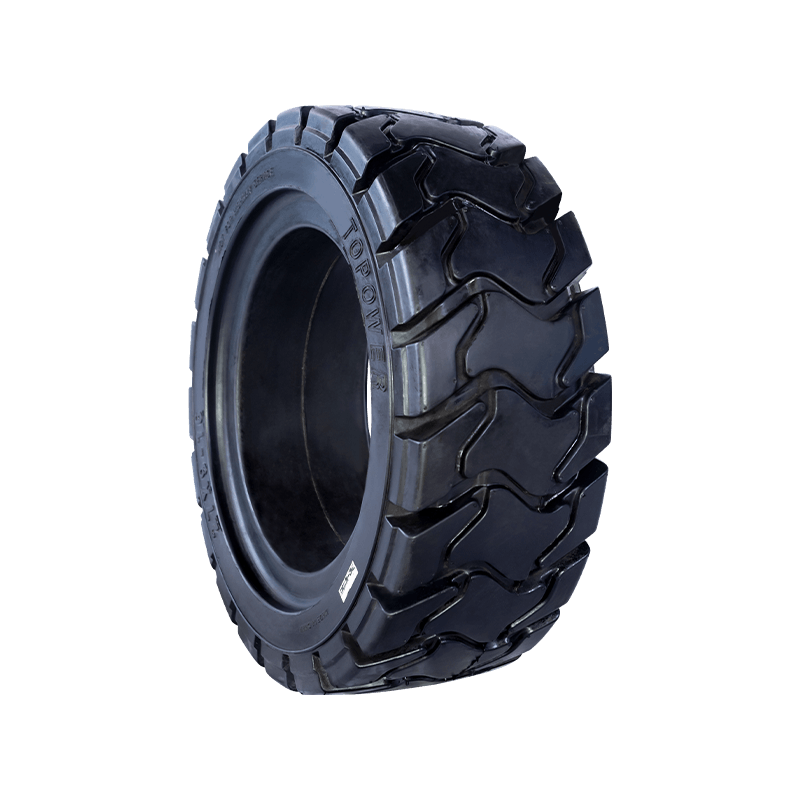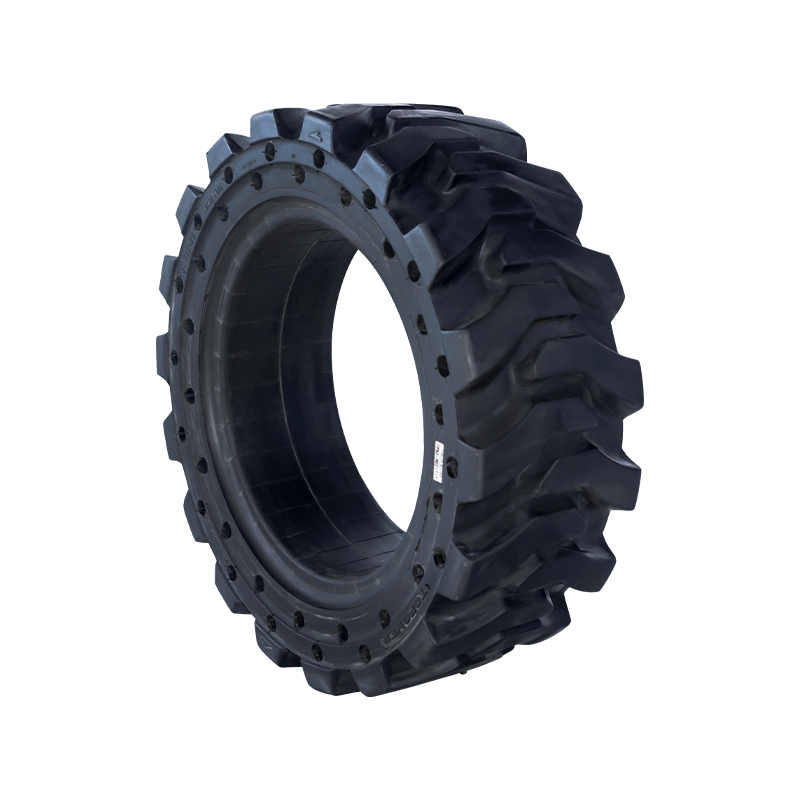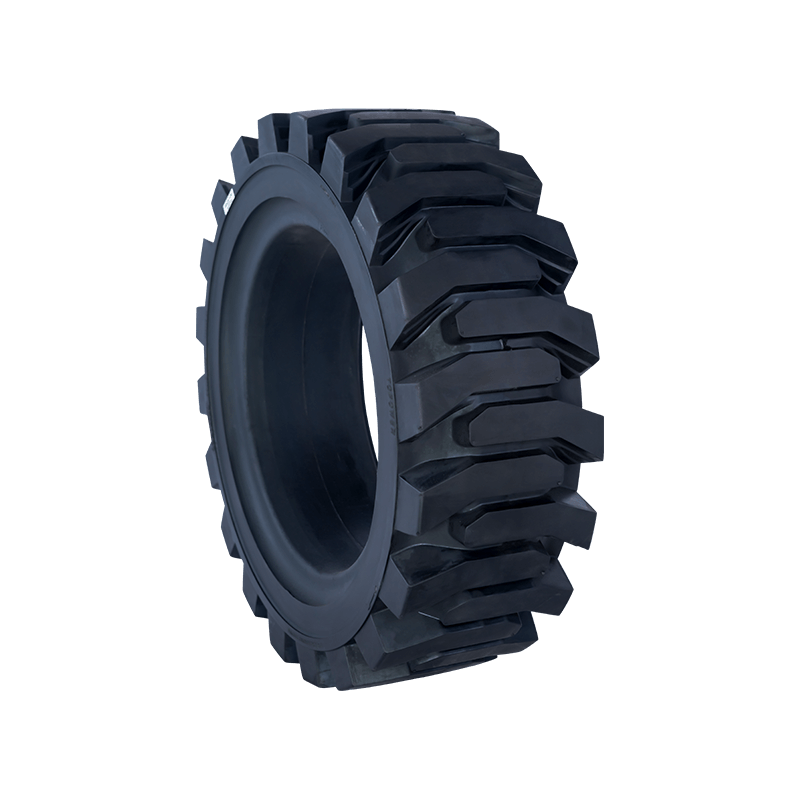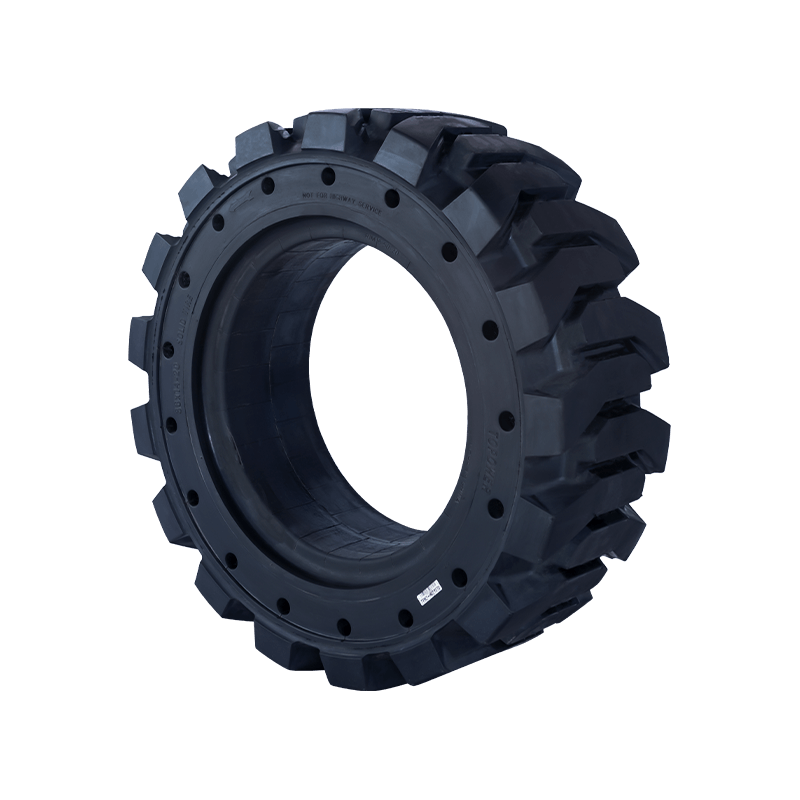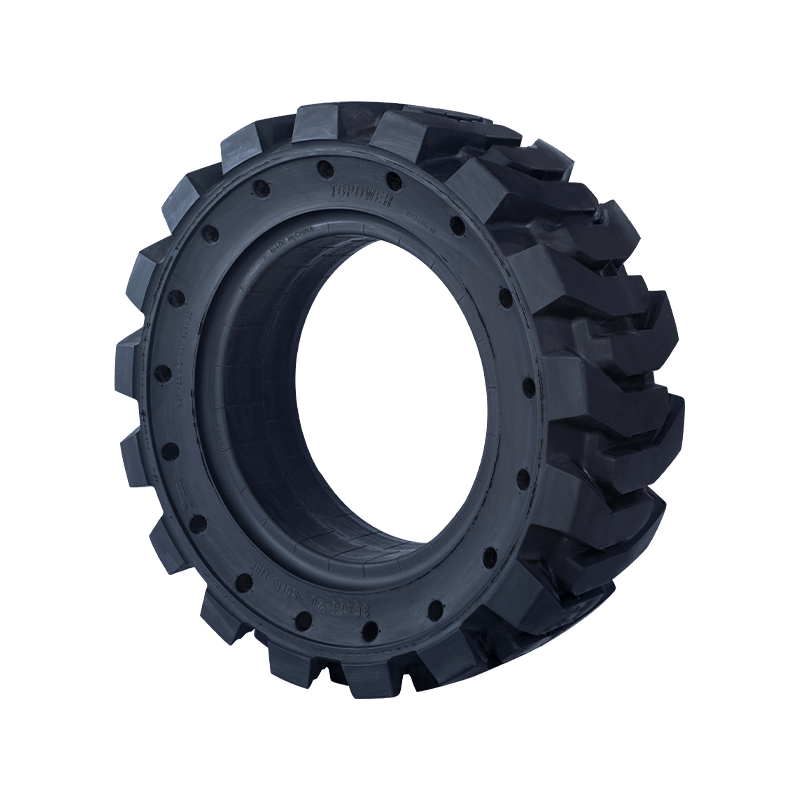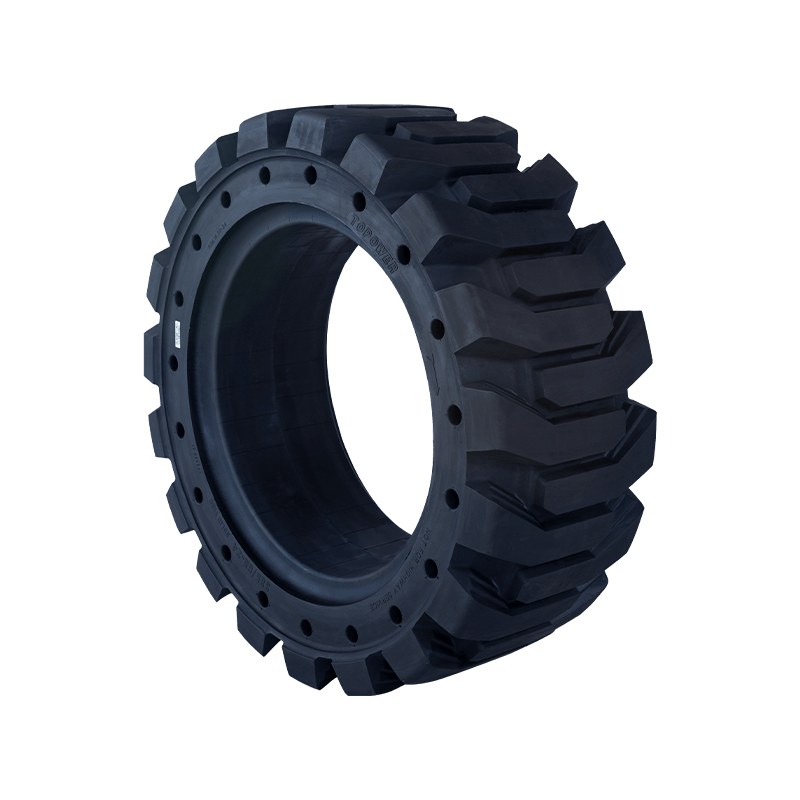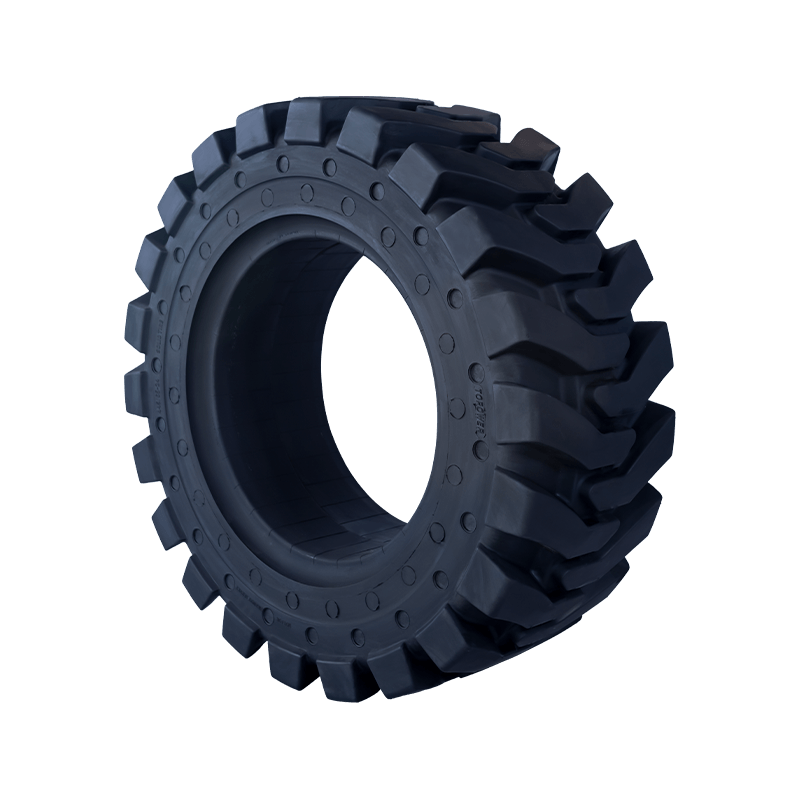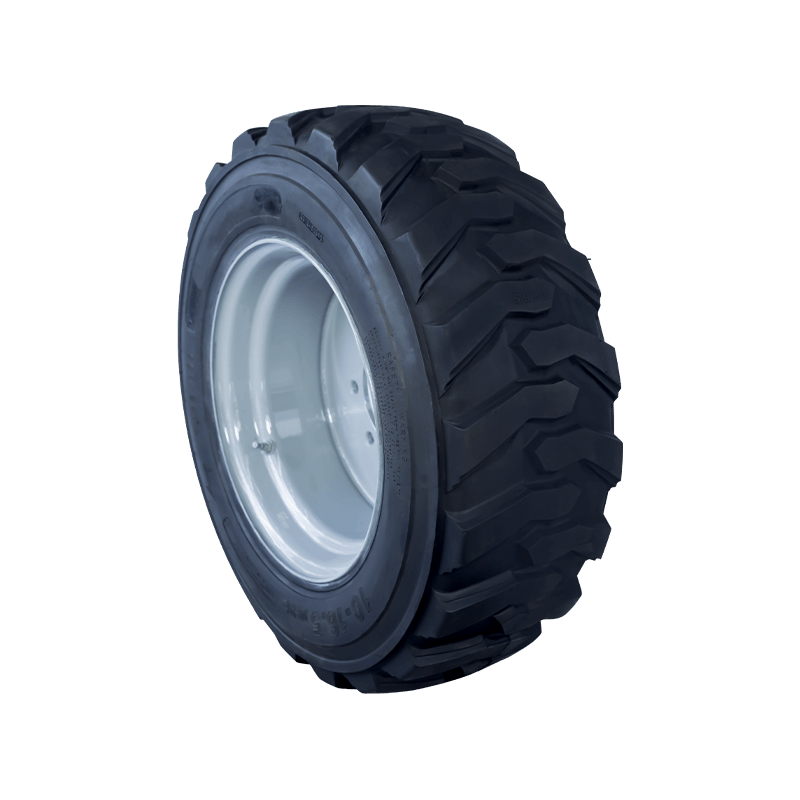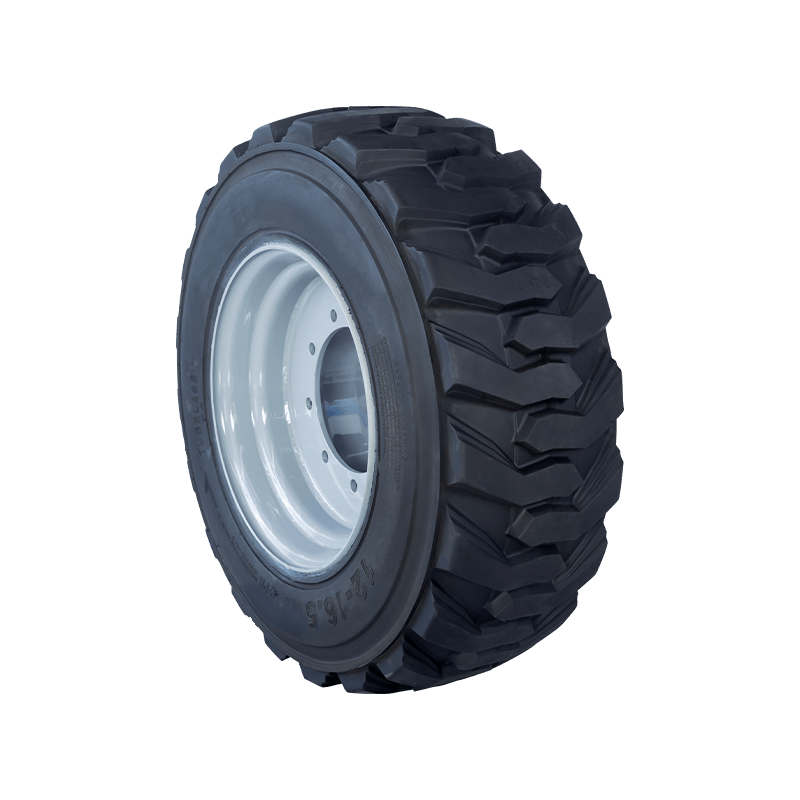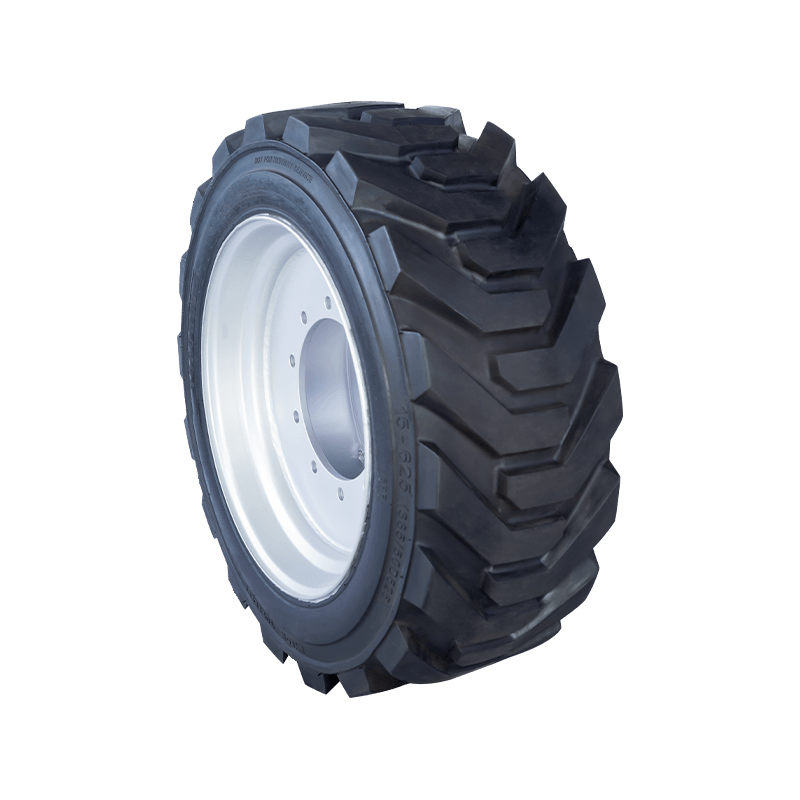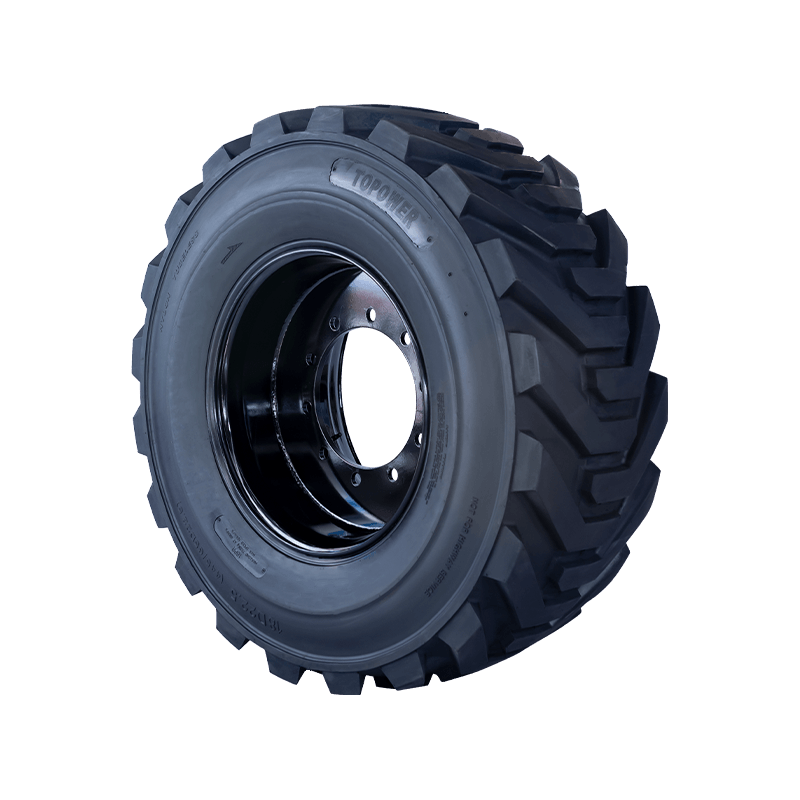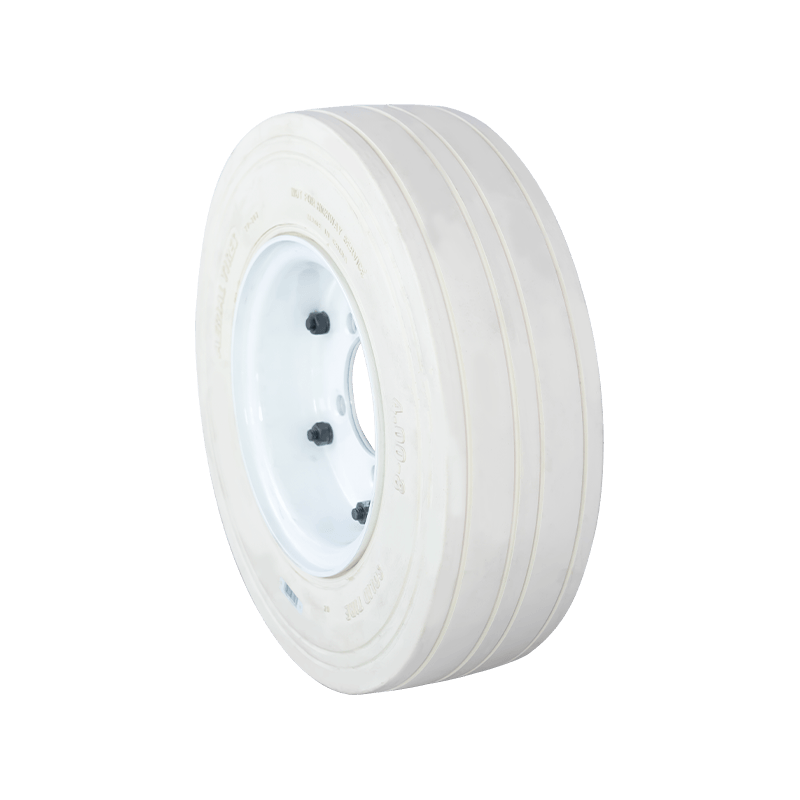When choosing between rubber tires and polyurethane tires for your forklift, understanding their characteristics, advantages, and suitability for your operation is essential. The material composition, hardness, wear resistance, and rolling resistance of each tire type directly affect forklift performance, comfort, and service life. This article compares both options in detail to help you select the most suitable type for your needs.
Rolling Resistance Comparison : Which Tire Is More Energy Efficient?
Polyurethane tires are designed for electric forklifts and offer the lowest rolling resistance, reducing energy consumption and extending battery life. Rubber tires, on the other hand, have slightly higher rolling resistance. However, specialized rubber tires for electric forklifts are also engineered to minimize rolling resistance, though they still don’t match polyurethane tires in energy efficiency.
| Tire Type | Rolling Resistance | Energy Efficiency | Recommended Application |
| Polyurethane Tire | Low | Highly efficient, extends battery life | Class II & III Electric Forklifts |
| Rubber Tire | Medium | Moderate efficiency, more stability | Propane and Internal Combustion Forklifts |
Load Capacity and Comfort : Does Hardness Decide Everything?
Polyurethane tires are harder, offering higher load capacity, making them ideal for heavy-duty applications. However, higher hardness reduces shock absorption, resulting in a bumpier ride. Rubber tires, being softer and more elastic, absorb shocks more effectively and provide a smoother driving experience. Some advanced rubber tire models can still achieve excellent load capacity without compromising comfort.
| Tire Type | Hardness | Load Capacity | Ride Comfort |
| Polyurethane Tire | High | Excellent | Average |
| Rubber Tire | Medium | Good | Excellent |
Traction Comparison : Which Tire Grips Better?
Rubber tires have softer tread surfaces, providing larger ground contact and stronger traction, especially on smooth or wet floors. Although some polyurethane tires feature grooved tread patterns for enhanced grip, rubber tires generally outperform them in terms of traction, particularly under slippery conditions.
| Surface Type | Polyurethane Tire | Rubber Tire |
| Dry Smooth Floor | Excellent | Excellent |
| Wet or Slippery Floor | Moderate | Excellent |
| Rough Surface | Average | Good |
Durability, Tear and Cut Resistance : Which Tire Lasts Longer?
Due to their higher hardness, polyurethane tires exhibit superior wear, tear, and cut resistance, making them ideal for clean indoor environments. However, both tire types can be damaged by sharp debris if floors are not well-maintained. Rubber tires perform better under impact and moderate abrasion, maintaining stability in tougher or mixed environments.
| Performance Aspect | Polyurethane Tire | Rubber Tire |
| Wear Resistance | High | Medium |
| Tear Resistance | High | Medium |
| Cut Resistance | High | Medium |
| Shock Absorption | Low | High |
Speed Capability : Which Tire Performs Better at Higher Speeds?
Polyurethane tires tend to build up heat internally and are not suitable for high-speed operations. Rubber tires, with better heat dissipation, are ideal for forklifts that run faster or operate continuously over long distances. Internal combustion and propane forklifts generally run faster than Class II or III electric models, making rubber tires the preferred option for those applications.
Floor Conditions and Environment : Which Tire Is More Versatile?
Polyurethane tires are non-marking and ideal for clean indoor environments such as food processing or electronic factories. If your operations require rubber tires but you want to avoid floor marks, non-marking compound rubber tires are also available. For wet or uneven surfaces, rubber tires provide superior traction and stability compared to polyurethane ones.
| Working Environment | Recommended Tire | Reason |
| Smooth Concrete Floor | Polyurethane Tire | Low rolling resistance, non-marking |
| Outdoor or Rough Floor | Rubber Tire | Durable, strong grip |
| Cleanroom or Pharmaceutical Facility | Polyurethane Tire | No color additives, maintains cleanliness |
Cost and Maintenance : Which Option Is More Economical in the Long Run?
Rubber tires have lower initial costs but require more frequent maintenance. Polyurethane tires, though more expensive upfront, last longer and need less servicing in clean, controlled environments. For indoor electric forklifts with moderate loads, polyurethane tires are often the most cost-effective choice over time. For rough or outdoor use, rubber tires’ impact resistance reduces the risk of accidental damage and downtime.
| Tire Type | Initial Cost | Maintenance Frequency | Overall Lifespan |
| Polyurethane Tire | Higher | Low | Long |
| Rubber Tire | Lower | Moderate | Medium |
Which Tire Should You Choose?
Ultimately, the choice between rubber and polyurethane tires depends on your forklift type, operating speed, floor conditions, and environment:
For propane or internal combustion forklifts: Rubber tires are the best choice due to superior heat dissipation and adaptability to multiple terrains.
For Class II and III electric forklifts: Polyurethane tires are ideal for low-speed, indoor use, providing energy efficiency and quiet operation.
Maintenance is key: Regardless of tire type, proper forklift operation and regular inspection significantly extend tire life and improve overall safety.

 English
English русский
русский Español
Español عربى
عربى


